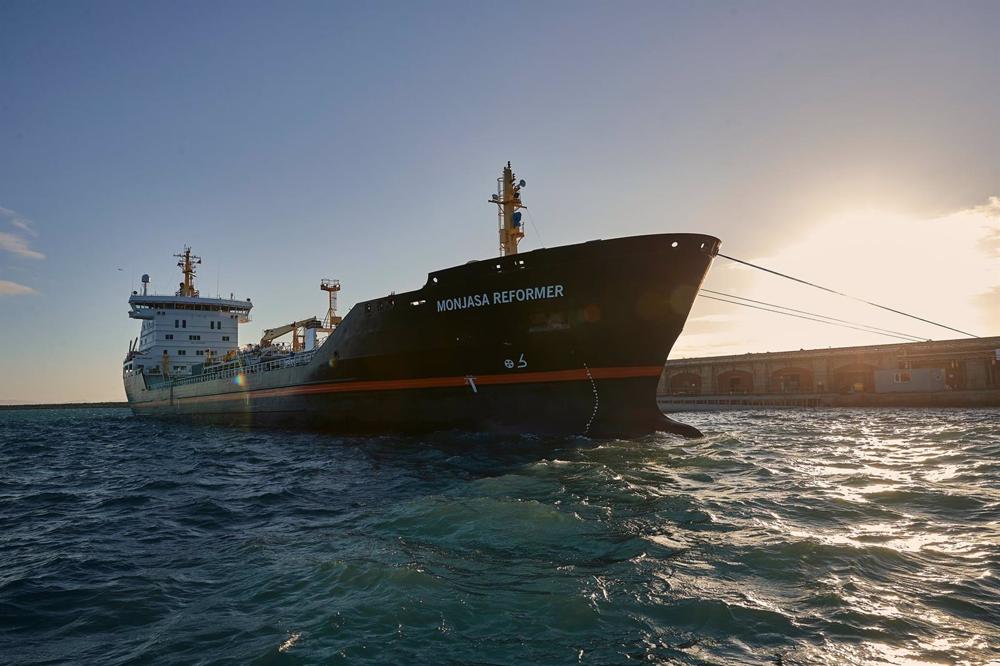
Japan’s government estimated Friday that the release of contaminated water from the Fukushima nuclear power plant will take place «around this spring or summer,» twelve years after the disaster caused by an earthquake and tsunami.
The Japanese government made this comment after holding a ministerial meeting at the official residence of Prime Minister Fumio Kishida, in which the time required for the construction of an underwater tunnel that would release the water was assessed, as reported by the NHK channel.
This measure extends the initial plan of Tokyo Power Company (Tepco), which aimed to start the work of expelling the water in the spring of this year, after filtering it with the intention of diluting it in salt water and throwing it into the sea.
«We recognize that the Government has given a range of spring to summer after exhaustive consideration of various processes. We will continue to aim for spring to complete construction and create a system that can operate steadily,» explained Tepco President Tomoaki Kobayakawa.
The Japanese authorities have explained that there are «efforts to promote understanding» with local residents, as this decision raised criticism, especially among fishermen in the region for the possible impact on their economies.
Tomoaki considered that the local community needs «detailed and careful explanations», as they are «facing various concerns» due to the «lack of understanding».
The government has revised this plan and has established a new one with 50 billion yen (euros), which includes aid for the affected fishermen, as well as compensation payments and more information on the measures taken, as reported by the Kyodo news agency.
Japan’s Atomic Energy Regulatory Commission approved in July last year a plan to discharge into the Pacific Ocean water from the Fukushima Daiichi nuclear power plant, which had been used to cool the reactors after the 2011 nuclear disaster and is stored in large tanks at the plant.
The chain of events that occurred on March 11, 2011 at noon following an intense earthquake measuring 9 on the Richter scale left nearly 18,000 people dead and called into question the safety of nuclear power.
Although the plant’s safety system responded adequately after the quake — unlike at Chernobyl in 1986 — waves some fifteen meters high hit the plant and caused flooding that led to three nuclear meltdowns and the release of large amounts of radioactive contamination.
Source: (EUROPA PRESS)






